
AGNIA
Agnia is an amazon of Scythians, her tribe has always been ruled by matriarchs, whether they wanted this or not. The girl was born red like sun, so they called her Agnia, which means Fire. She grew up very sensitive, tender and thin, but everyone knew how strong she is, and there was no better warrior.
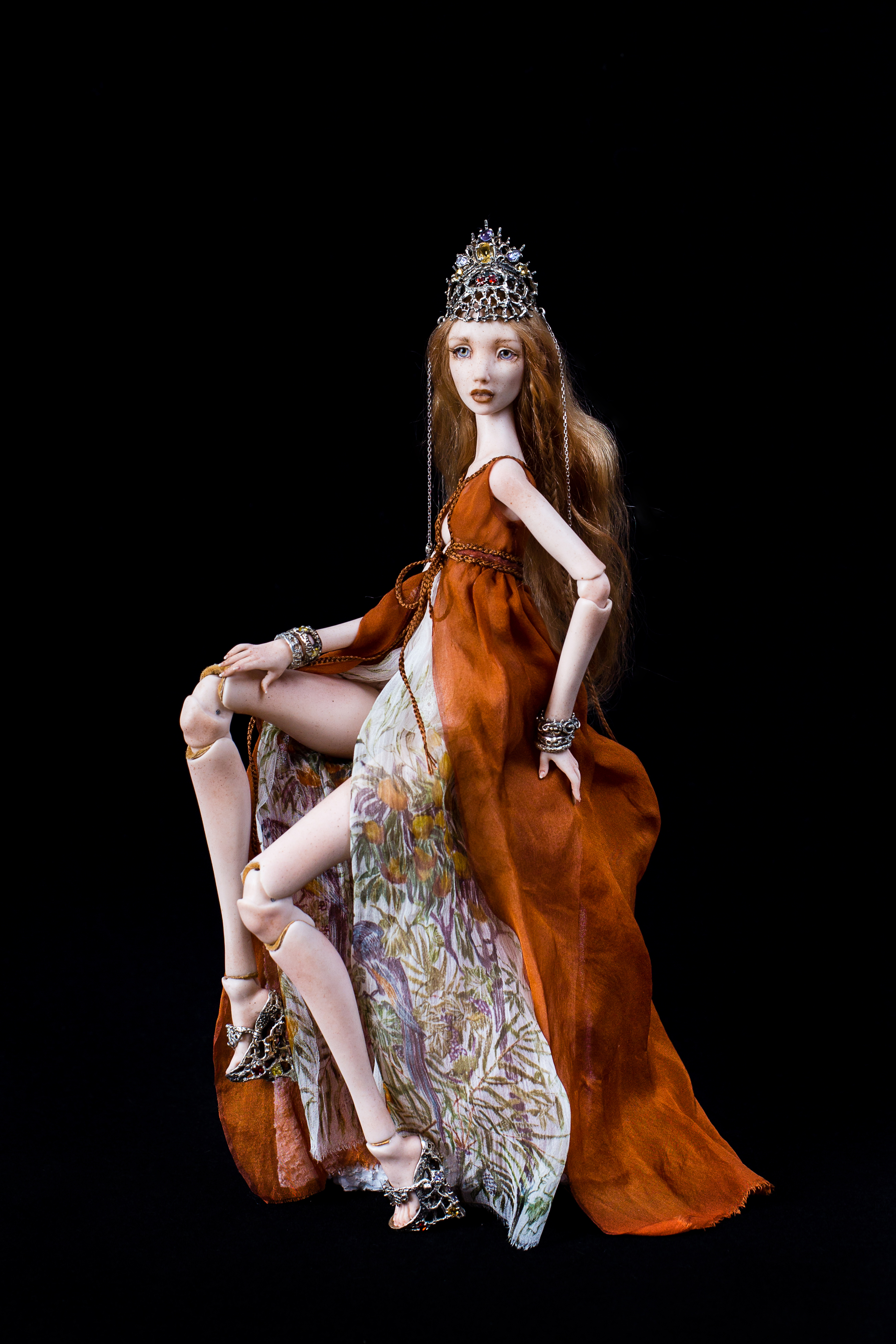
Agnia has a unique story and a very strong character, which makes her a very special doll for us. We were hypnotised by the legends about ancient Scythian people that left so little after but that little tells so much! The heritage of this great civilisation has dissolved in the very soil of ancient culture, enriched it and gave birth to many other cultures as we know them.
With this work, we tried to pay tribute to the great Scythian people, their artisan jewellers, their kings, their female warriors.This doll is a part of the very special “Timeless Treasures” collection, and is made using our latest mold “One Caress”. It is made of “Ultra Chic” porcelain, painted with overglaze and underglaze paints, and has Angora hair wig. Quality stainless steel springs provide stability of the pose and long-time reliability. Natural leather padding allows smooth and natural limb movements.
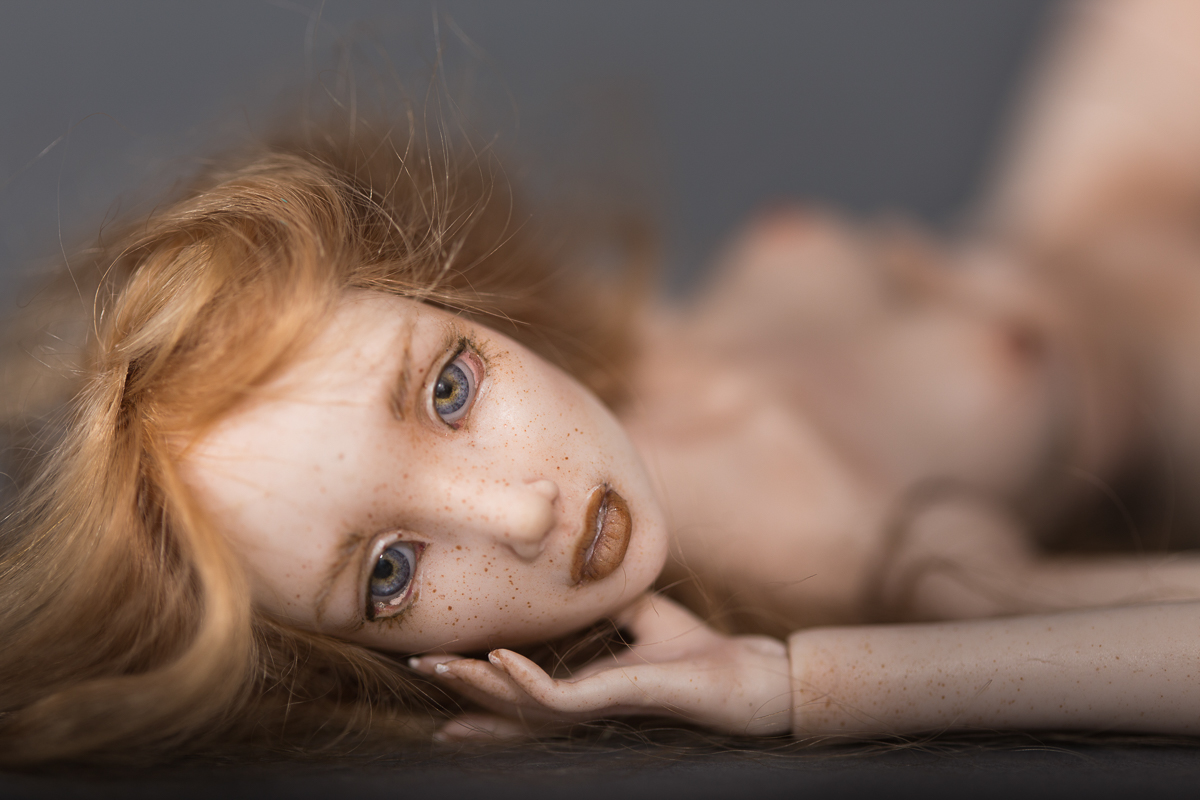
In this collection I was happy to work with my precious jeweller, Julia Sukhareva, who made all the jewellery for my dolls. It is a one of a kind set of silver jewellery with precious and semi-precious gems: topaz, amethyst, garnet, rock crystal, tourmaline, beryl. Making jewellery for this collection, Julia was inspired by ancient jewellers and their techniques. She uses no 3D modelling or 3D printing.
Agnia participated in several doll exhibitions, like Spring Doll Salon on Tishinka Expo Center in Moscow in 2016 and “The art of doll” in Tallinn, in 2015.
If you have any questions about the doll, please visit our Contacts page and get in touch!
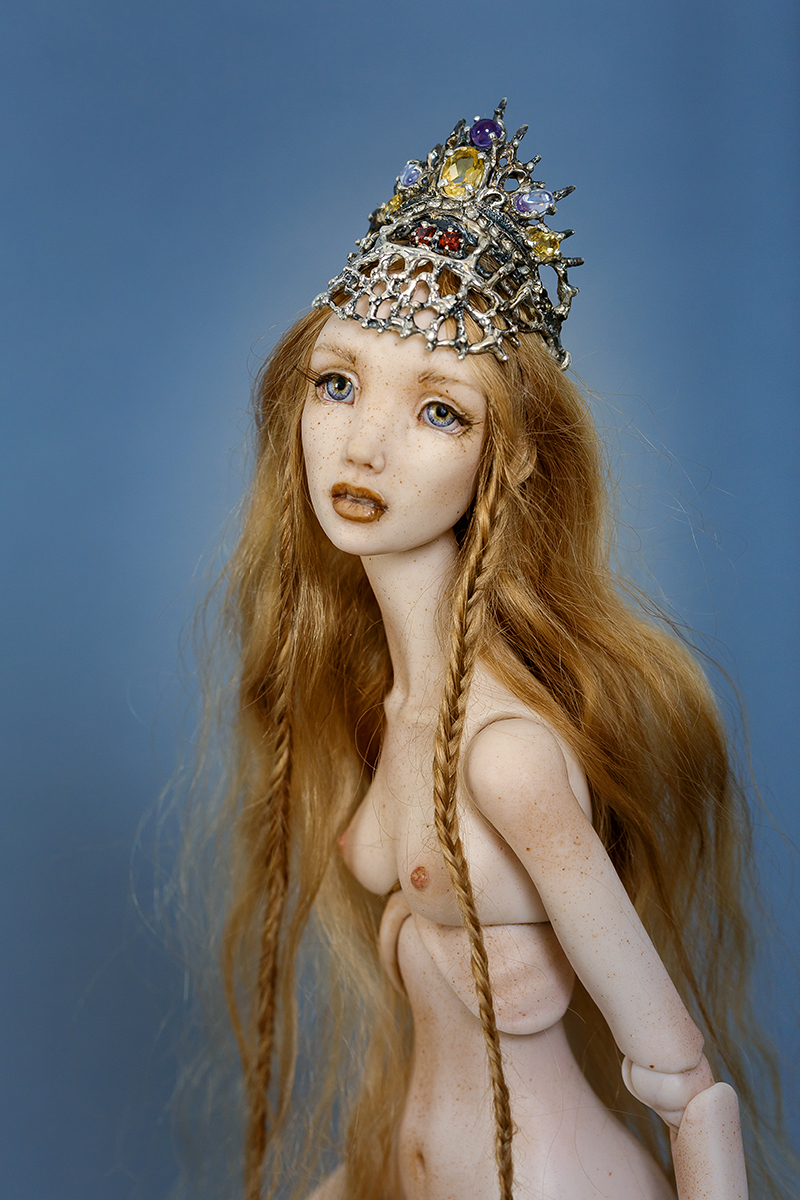
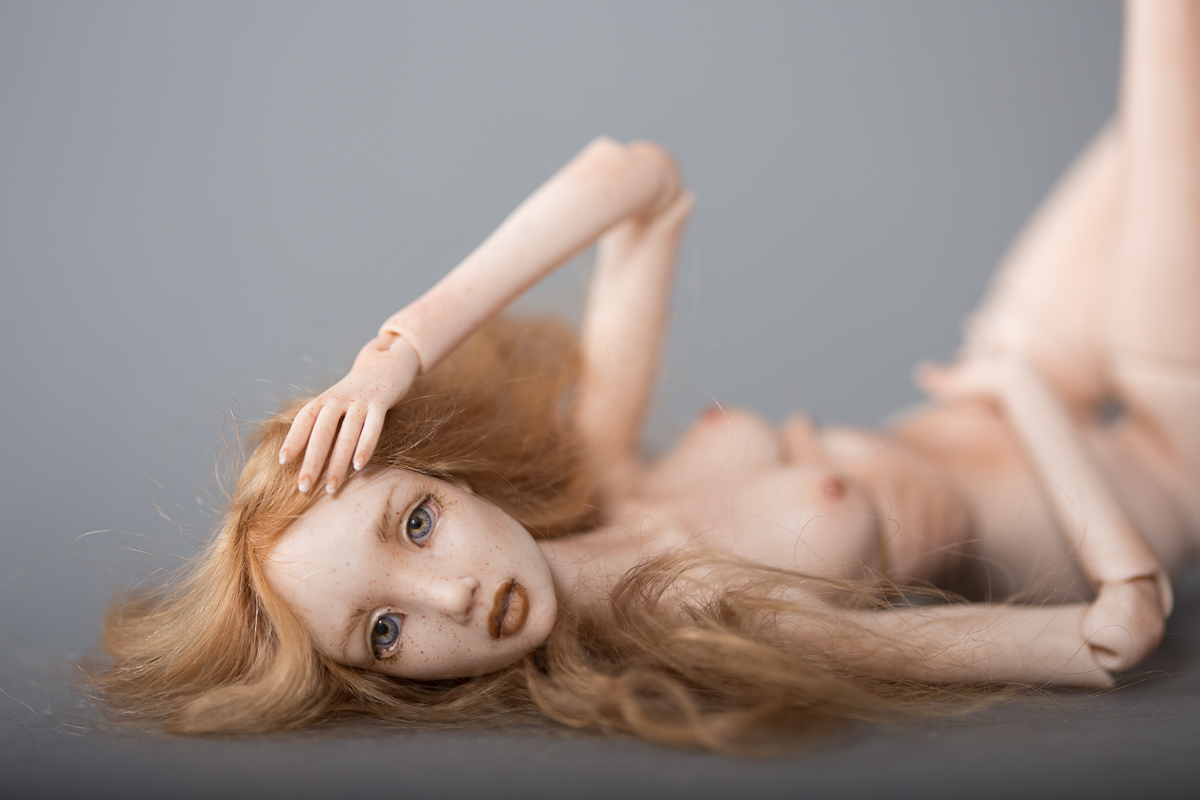
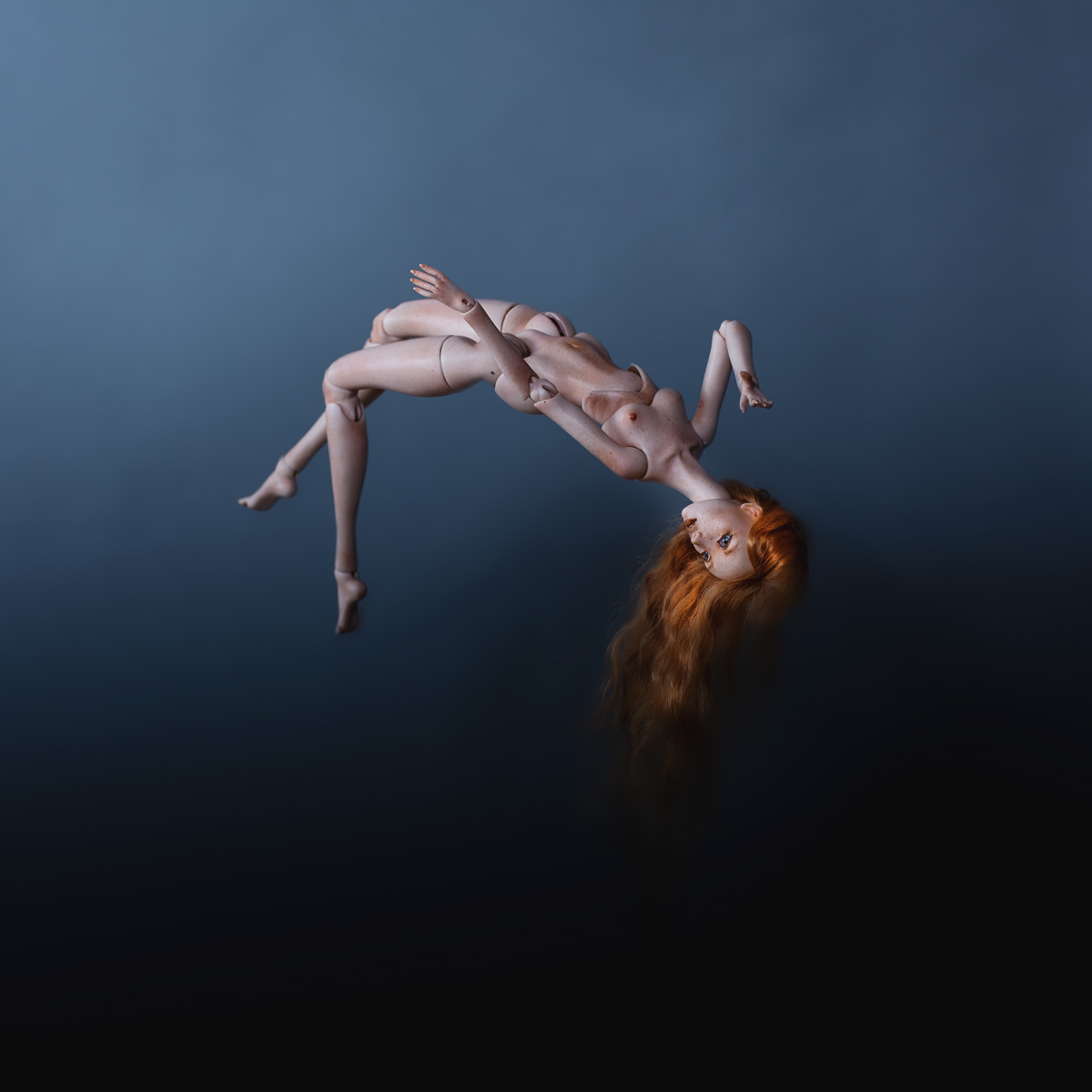
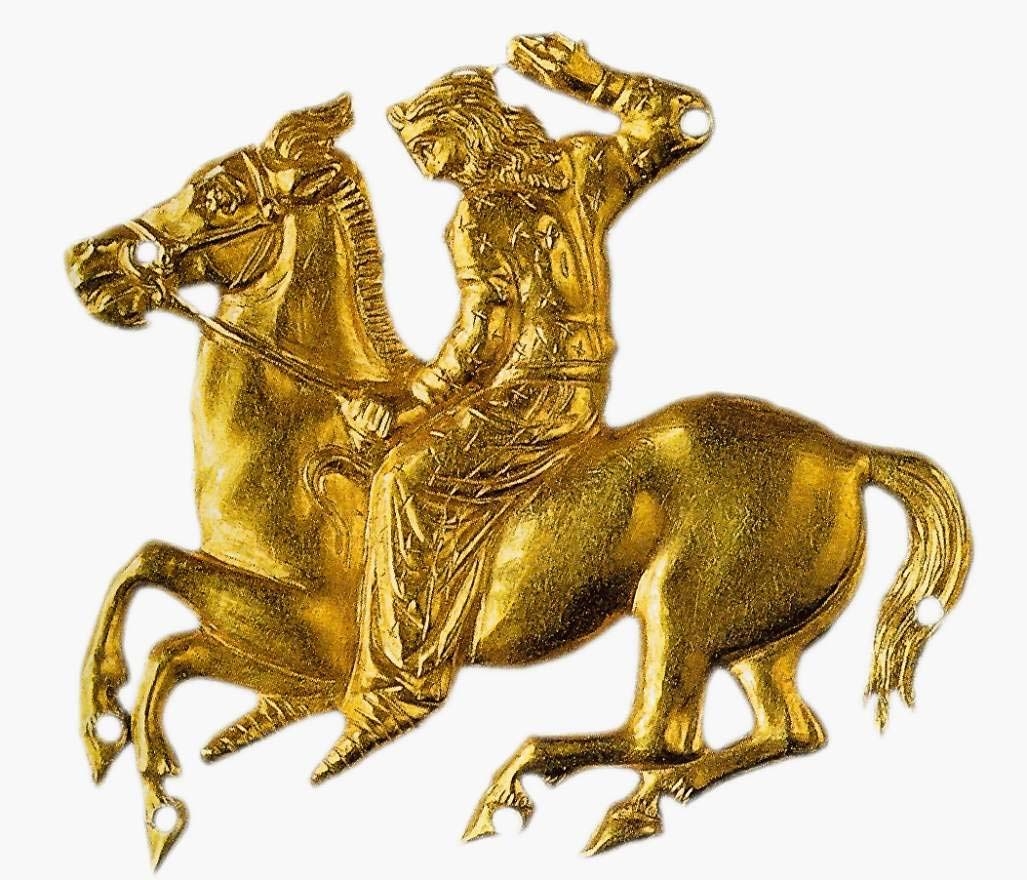
Based in what is modern-day Ukraine, Southern European Russia, and Crimea, the western Scythians were ruled by a wealthy class known as the Royal Scyths. The Scythians established and controlled a vast trade network connecting Greece, Persia, India and China, perhaps contributing to the contemporary flourishing of those civilizations. Settled metalworkers made portable decorative objects for the Scythians. These objects survive mainly in metal, forming a distinctive Scythian art.
The Scythians worked in a wide variety of materials such as gold, wood, leather, bone, bronze, iron, silver and electrum. As nomads, the Scythians produced entirely portable objects, to decorate their horses, clothes, tents and wagons, with the exception in some areas of kurgan stelae, stone stelae carved somewhat crudely to depict a human figure, which were probably intended as memorials. Bronze-casting of very high quality is the main metal technique used across the Eurasian steppe, but the Scythians are distinguished by their frequent use of gold at many sites, though large hoards of gold objects have also been found further east, as in the hoard of over 20,000 pieces of “Bactrian Gold” in partly nomadic styles from Tillya Tepe in Afghanistan.
The large burial mounds (some over 20 metres high) provide the most valuable archaeological remains associated with the Scythians. They dot the Eurasian steppe belt, from Mongolia to Balkans, through Ukrainian and south Russian steppes, extending in great chains for many kilometers along ridges and watersheds. From them archaeologists have learned much about Scythian life and art. Some Scythian tombs reveal traces of Greek, Chinese, and Indian craftsmanship, suggesting a process of Hellenization, Sinification, and other local influences among the Scythians.
The Ukrainian term for such a burial mound, kurhán (Ukrainian: Курган) as well as the Russian term kurgán, derives from a Turkic word for “castle”.
Some Scythian-Sarmatian cultures may have given rise to Greek stories of Amazons. Graves of armed females have been found in southern Ukraine and Russia. David Anthony notes, “About 20% of Scythian-Sarmatian “warrior graves” on the lower Don and lower Volga contained females dressed for battle as if they were men, a style that may have inspired the Greek tales about the Amazons.”
Scythian art especially Scythian gold jewellery is highly valued by museums and many of the most valuable artefacts are in the Hermitage Museum in St Petersburg. Their Eastern neighbours, the Pazyryk culture in Siberia produced similar art, although they related to the Chinese in a way comparable to that of the Scythians with the Greek and Iranian cultures.

Steppes jewellery features various animals including stags, cats, birds, horses, bears, wolves and mythical beasts. The gold figures of stags in a crouching position with legs tucked beneath its body, head upright and muscles tight to give the impression of speed, are particularly impressive. The “looped” antlers of most figures are a distinctive feature, not found in Chinese images of deer. The species represented has seemed to many scholars to be the reindeer, which was not found in the regions inhabited by the steppes peoples at this period. The largest of these were the central ornaments for shields, while others were smaller plaques probably attached to clothing. The stag appears to have had a special significance for the steppes peoples, perhaps as a clan totem. The most notable of these figures include the examples from:
the burial site of Kostromskaya in the Kuban dating from the 6th century BC (Hermitage)
Tápiószentmárton in Hungary dating from the 5th century BC, now National Museum of Hungary, Budapest
Kul Oba in the Crimea dating from the 4th century BC (Hermitage).
Another characteristic form is the openwork plaque including a stylized tree over the scene at one side, of which two examples are illustrated here. Later large Greek-made pieces often include a zone showing Scythian men apparently going about their daily business, in scenes more typical of Greek art than nomad-made pieces. Some scholars have attempted to attach narrative meanings to such scenes, but this remains speculative.
Although gold was widely used by the ruling elite of the various Scythian tribes, the predominant material for the various animal forms was bronze. The bulk of these items were used to decorate horse harness, leather belts & personal clothing. In some cases these bronze animal figures when sewn onto stiff leather jerkins & belts, helped to act as armour.
The use of the animal form went further than just ornament, these seemingly imbuing the owner of the item with similar prowess & powers of the animal which was depicted. Thus the use of these forms extended onto the accoutrements of warfare, be they swords, daggers, scabbards, or axes.
 AGNIA
AGNIA




 Based in what is modern-day Ukraine, Southern European Russia, and Crimea, the western Scythians were ruled by a wealthy class known as the Royal Scyths. The Scythians established and controlled a vast trade network connecting Greece, Persia, India and China, perhaps contributing to the contemporary flourishing of those civilizations. Settled metalworkers made portable decorative objects for the Scythians. These objects survive mainly in metal, forming a distinctive Scythian art.
Based in what is modern-day Ukraine, Southern European Russia, and Crimea, the western Scythians were ruled by a wealthy class known as the Royal Scyths. The Scythians established and controlled a vast trade network connecting Greece, Persia, India and China, perhaps contributing to the contemporary flourishing of those civilizations. Settled metalworkers made portable decorative objects for the Scythians. These objects survive mainly in metal, forming a distinctive Scythian art.
 Steppes jewellery features various animals including stags, cats, birds, horses, bears, wolves and mythical beasts. The gold figures of stags in a crouching position with legs tucked beneath its body, head upright and muscles tight to give the impression of speed, are particularly impressive. The “looped” antlers of most figures are a distinctive feature, not found in Chinese images of deer. The species represented has seemed to many scholars to be the reindeer, which was not found in the regions inhabited by the steppes peoples at this period. The largest of these were the central ornaments for shields, while others were smaller plaques probably attached to clothing. The stag appears to have had a special significance for the steppes peoples, perhaps as a clan totem. The most notable of these figures include the examples from:
Steppes jewellery features various animals including stags, cats, birds, horses, bears, wolves and mythical beasts. The gold figures of stags in a crouching position with legs tucked beneath its body, head upright and muscles tight to give the impression of speed, are particularly impressive. The “looped” antlers of most figures are a distinctive feature, not found in Chinese images of deer. The species represented has seemed to many scholars to be the reindeer, which was not found in the regions inhabited by the steppes peoples at this period. The largest of these were the central ornaments for shields, while others were smaller plaques probably attached to clothing. The stag appears to have had a special significance for the steppes peoples, perhaps as a clan totem. The most notable of these figures include the examples from: